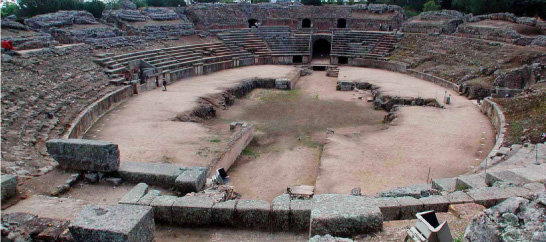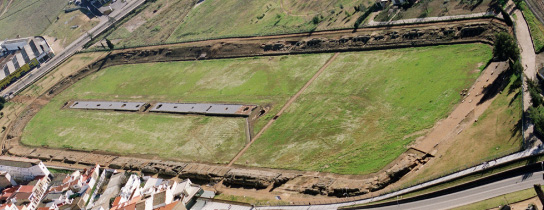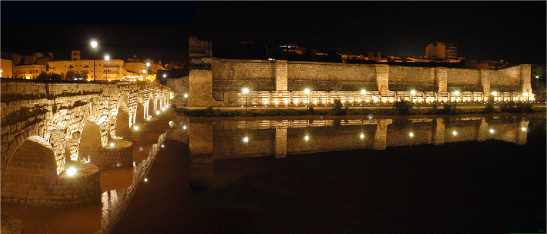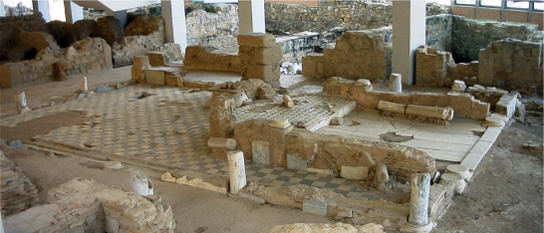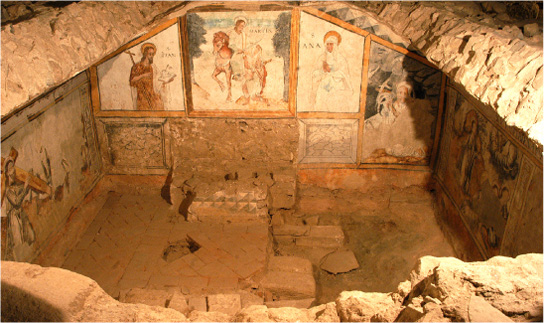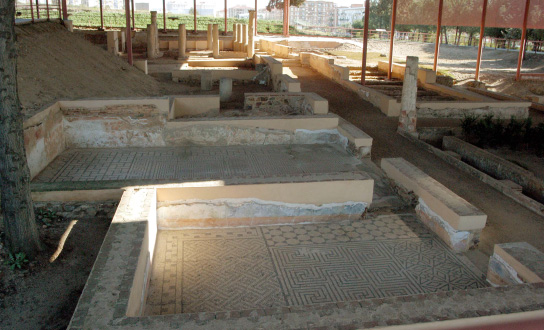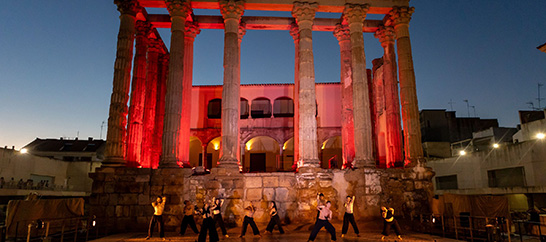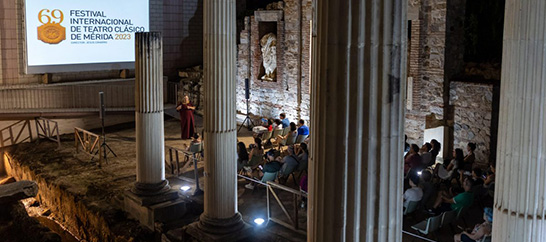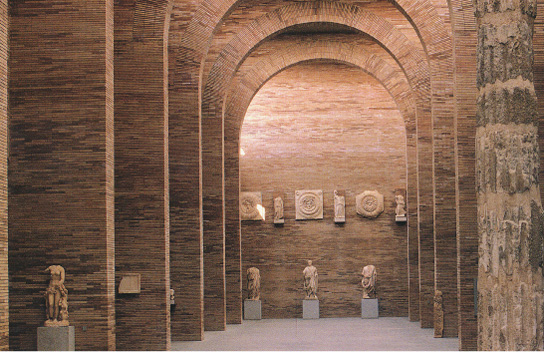Monuments
Roman Theater
This building, constructed by the consul Marcus Vipsanius Agrippa between 15 and 16 BC, has hosted the Mérida International Classical Theater Festival since 1933. It is the most visited monument in Mérida and is located in the Archaeological Complex of the city of Badajoz, one of the main archaeological sites in our country, which was declared a World Heritage Site by UNESCO in 1993.
Roman Amphitheater
Inaugurated in 8 AD, it was intended for fights between gladiators, wild beasts, or both. These spectacles took place in its elliptical central arena and could be watched by 15,000 spectators in the stands, which were divided into three sections. Of these, only the lower one remains, as the others, after the facilities fell into disuse, were used as a quarry.
Roman Circus
This is the largest of Mérida’s existing buildings dedicated to performing arts, measuring 400 meters long and 100 meters wide, and seating 30,000 spectators. It was possibly built during the reign of Tiberius, at the beginning of the 1st century. Among the performances it hosted were two-horse chariot and four-horse chariot races.
Arab Citadel
This is the first Arab citadel on the Iberian Peninsula. Located next to the Roman bridge over the Guadiana River, it was built by Abd al-Rahman II in 835 as a bastion to control the city, which had been continually rebelling against Islamic rule for three decades.
Morería Archaeological Area
A wealth of information regarding the urban and historical development of Mérida has been revealed thanks to the excavation of its 12,000 square meters. Its location next to the Guadiana River and its famous Roman bridge have favored its occupation in different historical periods: Roman, Visigothic, Islamic, medieval Christian, and so on. The site houses the Vía de la Plata Interpretation Center.
Basilica of Saint Eulalia
It is considered the birthplace of Christianity in Extremadura and hosted numerous pilgrimages during the Middle Ages. It is built on the burial mound of Saint Eulalia, near where the child martyr is believed to have been sacrificed. The current church was built in the 13th century on the site of the original basilica, after the reconquest of Mérida by Alfonso IX.
House of the Mithraeum
Located on the southern slope of San Albín Hill, it was discovered by chance in the 1960s. The mansion was built of masonry with ashlar reinforcement at the corners. Noteworthy are its peristyles with an interior garden, and in a room in the western sector, the famous Cosmogonic mosaic, an allegorical representation of the elements of nature—rivers, winds, etc.—presided over by the figure of Aion.
Temple of Diana
The Temple of Diana is a temple of Imperial worship located in a large square in the city. According to studies, it must have been erected under the rule of Augustus. During the summer, the temple serves as one of the official venues for the Festival, where a large part of the “Agusto en Mérida” theater program takes place, organized by the local company TAPTC Teatro.
Forum Portico
The Photo Portico is a monumental portico that was part of the grandiose propaganda program of the former Municipal Forum of Augusta Emerita. During the Festival, screenings of the Cinema Aestas program take place in this magical location.
Museums
National Museum of Roman Art
Opened in September 1986, it is the work of the prestigious Spanish architect Rafael Moneo. It houses an excellent collection of Roman-era artifacts from the Emerita Augusta colony, present-day Mérida. A visit is essential to learn about the past of the city of Badajoz and gain an idea of what life was like there many centuries ago.
More information
More information is available on the Mérida Monumental City Consortium website: www.consorciomerida.org


